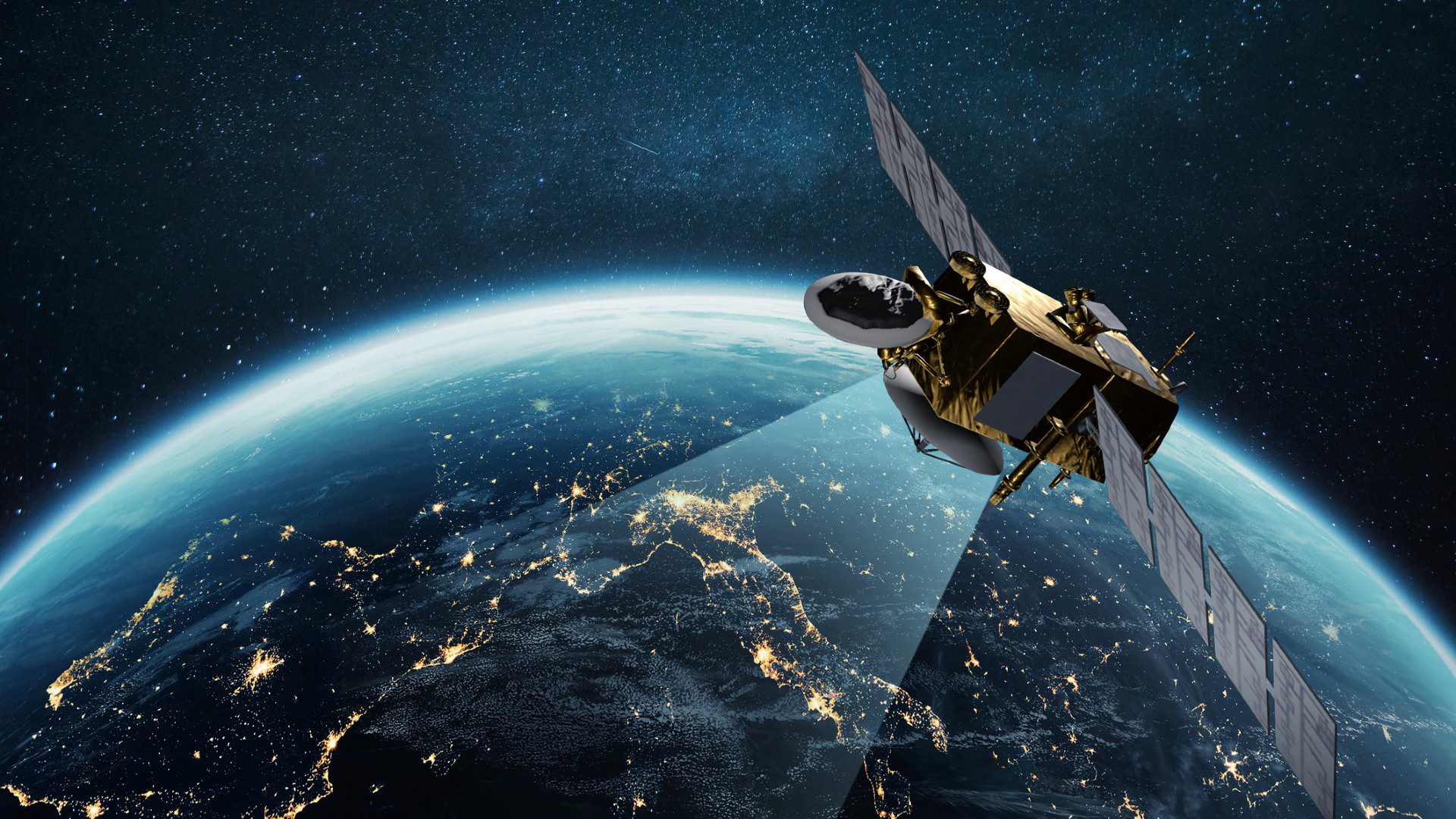The space race is no longer just about discovery—it’s now about defense. As Earth’s orbit becomes more crowded, new risks are rising fast. Space pirates already have their sights set on the ‘high seas’ of Earth orbit, targeting satellites and systems we rely on daily. This threat isn’t far-off fiction. Cyberattacks, satellite hijackings, and military-grade spoofing tools are turning orbit into a battleground. Bold international laws and space security alliances remain weak or vague, creating an urgent need for real protection. The question is simple yet terrifying—can we stop them before it’s too late? The answers may shape the future of how we live and communicate.

A New Frontier of Threats in Space
Up above the calm blue sky, a silent war is brewing. With over 9,000 active satellites spinning in orbit, space is no longer empty. From internet systems to national defense, America’s infrastructure now stretches beyond Earth. But so do its threats. Space pirates already have their sights set on the ‘high seas’ of Earth orbit, making modern space more lawless than ever.
Unlike old-school pirates on wooden ships, these attackers come cloaked in code and cloaking technology. Some hijack satellite signals, others jam entire communication networks. As private companies rush into the space economy, the rules of engagement remain dangerously unclear. This makes our orbit vulnerable—and the consequences of inaction, enormous.
🌌 Why Space Is the New “High Seas”
Think of Earth orbit like the old maritime trade routes—crowded, lawless, and full of opportunity. Just like merchant ships in pirate-infested waters, commercial satellites carry valuable data across space. But there’s no coast guard patrolling above us.
Instead, hundreds of companies—like SpaceX, Amazon, and OneWeb—launch satellites that move through unregulated skies. The U.S. military monitors them, but no official system exists to prevent collisions or hijackings. Much like how pirates once looted ships in the Caribbean, today’s space pirates could intercept or shut down billion-dollar satellites without warning.
| Year | Active Satellites | Major Operators (USA) |
|---|---|---|
| 2020 | 2,666 | SpaceX, NOAA |
| 2022 | 4,852 | SpaceX, NASA |
| 2024 | 9,137 | SpaceX, Amazon Kuiper |
🦾 Who Are These Space Pirates?
They’re not flying black-flagged shuttles—but the danger is just as real. State-sponsored hackers, rogue cyber groups, and even well-funded private actors are behind rising satellite attacks.
In 2007, China destroyed one of its own satellites, proving it could wipe out others. In 2022, Russian hackers jammed GPS signals over Ukraine, disrupting both military and civilian navigation. These aren’t isolated cases. Attackers may soon target American satellites controlling weather, GPS, or banking. With just a few commands, they can disrupt an entire nation’s operations. That’s modern piracy—space-style.
⚖️ Can Current Space Laws Stop Them?
Here’s the problem—space law is outdated. The Outer Space Treaty of 1967 forbids weapons of mass destruction in orbit, but says nothing about cyberattacks or hijackings. The Artemis Accords, signed by the U.S. and partners, also lack enforcement mechanisms.
Unlike maritime laws backed by naval power, space laws rely on goodwill. That’s dangerous. When hackers can spoof satellite signals from Earth or intercept data streams in orbit, there’s no real punishment. Nations may not even admit they’ve been attacked. The need for a strong, unified legal response is urgent.
| Country | Space Law Strength | Enforcement Power |
|---|---|---|
| USA | High | Medium |
| China | Medium | High |
| Russia | Medium | High |
| EU Nations | Low–Medium | Low |
🚀 The Role of the U.S. in Preventing Space Piracy
The United States stands at the front line. With the most satellites in orbit and a booming private sector, American leadership is critical to stopping space piracy. The U.S. Space Force already tracks over 25,000 objects orbiting Earth. But monitoring isn’t enough.
NASA, in partnership with SpaceX and other companies, is working on defensive satellite tech and better inter-agency coordination. New bills in Congress propose stricter licensing and tracking systems. America’s dominance in space also makes it the biggest target—so the push to defend must move faster than ever.
🧠 Tech Solutions: Shielding the Orbit
Advanced technology is already in motion to defend American satellites. AI-powered systems can detect and respond to jamming signals instantly. Some satellites are being “hardened” with encrypted backups and self-defense protocols.
Researchers are also testing anti-hacking firewalls in orbit, ensuring no backdoor access exists. Elon Musk’s Starlink system has already shown resilience during cyber incidents in Ukraine. A new generation of resilient satellite constellations—smaller, faster, and self-repairing—could make piracy less effective.
🌍 What the Future of Earth Orbit Might Look Like
If space piracy isn’t handled soon, Earth orbit could turn into a cosmic junkyard and battleground. As more companies launch satellites, traffic will skyrocket. Crashes and hacks may become daily risks unless we create a global space traffic control system.
The future may involve international defense alliances in orbit—a kind of “Space NATO”—where countries pool resources to defend commercial satellites. But time is ticking. With every new satellite launched without clear rules, the threat of space piracy grows.
🔐 Final Thoughts – Stopping Space Pirates Before It’s Too Late
The message is clear: Space pirates already have their sights set on the ‘high seas’ of Earth orbit—and they won’t wait for permission. We can’t rely on outdated treaties or distant negotiations. We need bold laws, smarter tech, and strong alliances now.
As America leads in space innovation, it must also lead in space protection. The sooner we act, the safer our future will be—not just for astronauts and satellites, but for everyone on Earth who depends on them.
For more information on the Hub for the Study of Cosmos Crime, Policy, and Governance (CSCPG), visit the Hub’s website.
Read our previous article: Why a Hypersonics Expert Urges Increased U.S. Investment
